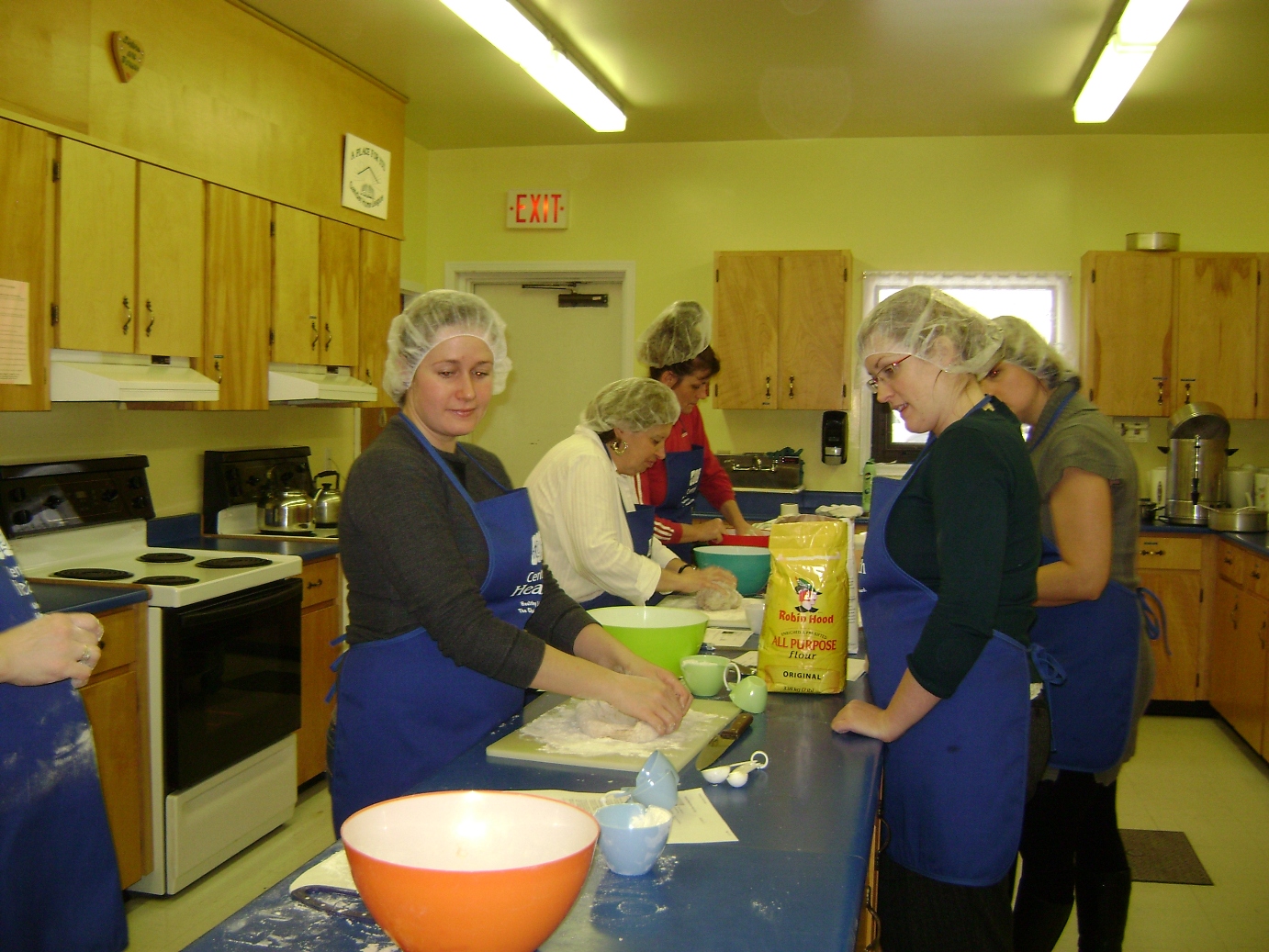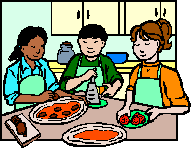 Two of my favourite words are community and kitchen. Join the two words and they bring local people together over delicious food! They also become part of the fabric of strong communities: building skills, creating spaces to share knowledge, and promoting healthy active living. FSN created the Community Kitchens Best Practices Toolkit as a resource to connect those two fantastic words together in communities across NL. Below is the what? and why? of community kitchens. Go to the FSN website to find out how to create and maintain a community kitchen. Or use the Food Security Initiatives Inventory to find an existing community kitchen nearby that you can join up with.
Two of my favourite words are community and kitchen. Join the two words and they bring local people together over delicious food! They also become part of the fabric of strong communities: building skills, creating spaces to share knowledge, and promoting healthy active living. FSN created the Community Kitchens Best Practices Toolkit as a resource to connect those two fantastic words together in communities across NL. Below is the what? and why? of community kitchens. Go to the FSN website to find out how to create and maintain a community kitchen. Or use the Food Security Initiatives Inventory to find an existing community kitchen nearby that you can join up with.
What is a Community Kitchen?
 Community kitchens (also called ‘collective kitchens’) are community-based cooking programs where small groups of people come together to prepare meals and take food home to their families. In a community kitchen every member contributes by planning, preparing, and cooking food. Community kitchens are great opportunities for learning about the importance of healthy eating and developing the skills to prepare healthy and affordable meals.
Community kitchens (also called ‘collective kitchens’) are community-based cooking programs where small groups of people come together to prepare meals and take food home to their families. In a community kitchen every member contributes by planning, preparing, and cooking food. Community kitchens are great opportunities for learning about the importance of healthy eating and developing the skills to prepare healthy and affordable meals.
Did you know? Research shows that community kitchens can have positive impacts on social support networks, education, and personal health practices.
Why Start a Community Kitchen?
A community kitchen can help improve food security for participants by increasing physical and economic access to adequate amounts of healthy food. By being involved in a community kitchen, participants can:
- Learn how to prepare healthy, tasty and nutritious meals on a budget
- Develop food knowledge and cooking skills
- Learn to plan meals using Canada’s Food Guide
- Become more skilled in budgeting and shopping
- Save money on food by learning cost-effective shopping skills
- Try new foods
- Take home tasty and nutritious meals
- Learn how to read food labels
- Build confidence cooking and feel more comfortable in the kitchen
- Cook in a social atmosphere and meet new friends!
To find out more, read the Community Kitchens Best Practices Toolkit.

